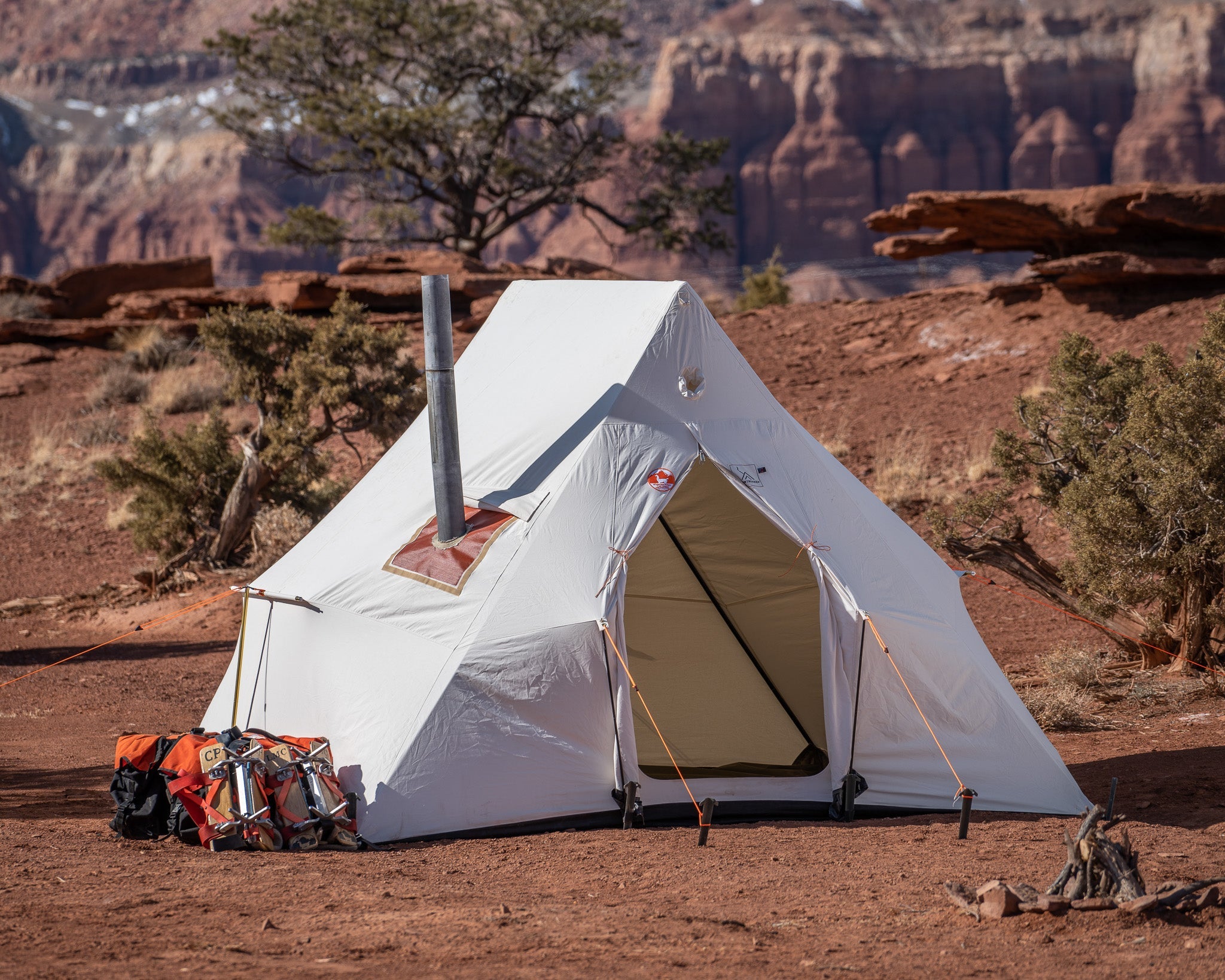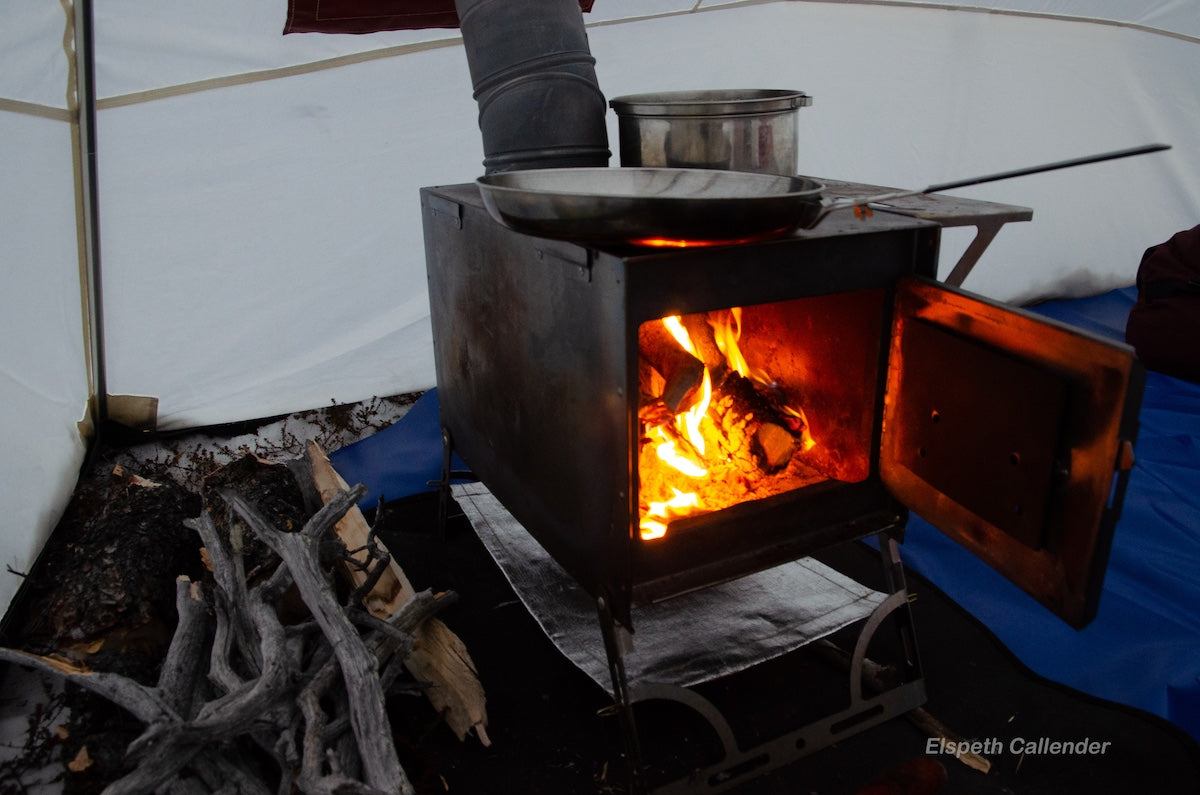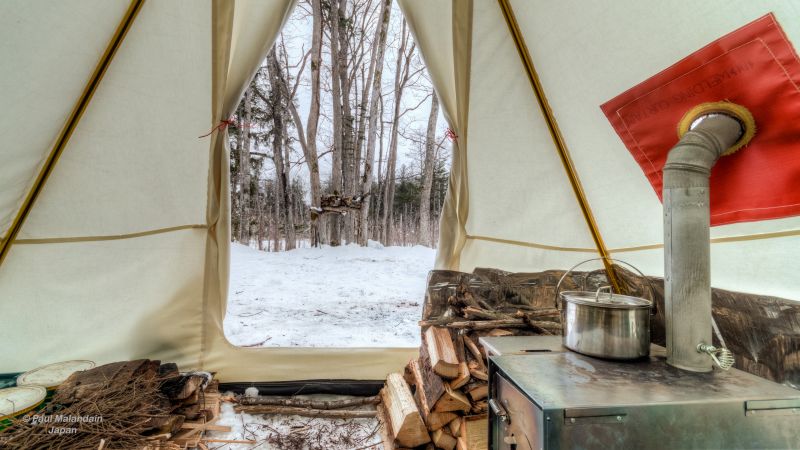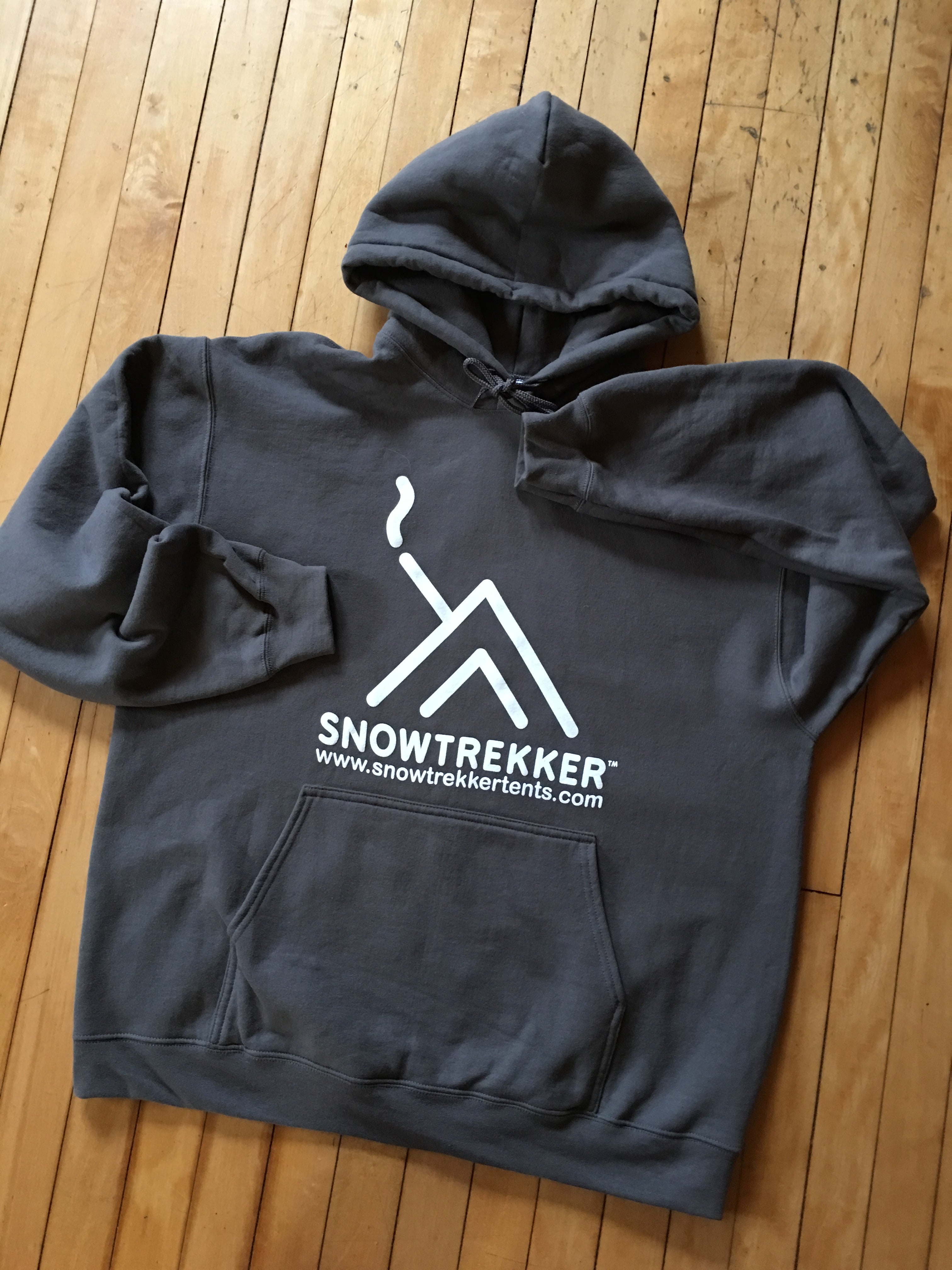How to see in the dark. Lighting your tent while camping.

If there is anything everyone who spends time outdoors can agree upon, it is the search for the perfect flashlight, headlamp, or tent light. We are no different at Snowtrekker Tents. If we gathered together all the lights we have tried over the years, we would have more than we care to think about, and I have contributed my share. After many years of trying different products, here are three types of lights I keep in my tent kit. This list, of course, is personal to my taste and aesthetic, and there are many good options available that I haven’t seen or tried—yet! (Note: We are not sponsored and this is not an ad—just some products I really like.)
LED lanterns:
Currently I am using a Uco Sprout rechargeable LED lantern. I have a love/hate relationship with LED lanterns. I absolutely love LED flashlights and headlamps, but in a tent, I find the light harsh and not relaxing. I most often use them when setting up the inside of my tent and getting a stove going. When that is done, they usually get turned off and I switch to a beeswax or gas candle. That said, what I like about the Uco Sprout is the cord is attached by a magnet to the body of the lantern, so it is easy to pull down and set on a table or take out of the tent, and just as easy to put back in place. Its rechargeable battery is a nice feature, requiring fewer AAA batteries to keep track of, but if you need to, you can remove the rechargeable battery pack and use AAA batteries in it. It is 100 lumens, which I find is more than enough and it has blue light to help preserve your night vision. Best of all, there is no strobe setting. Out of all the LED lanterns I have used, I like this one best. The downside to LED lanterns is the same downside to anything that requires a battery in the cold; cold and batteries do not get along and may drain faster as the temps drop, requiring more time charging batteries.
While I always have flashlights, headlamps, and spare batteries with me, they do become another thing to manage along with keeping camera batteries, cell phones, GPS, and all the other pieces of technology charged and functioning in cold environments. This is partly why I really appreciate low-tech options. If my LED lantern runs out of battery, it’s not a big deal as I have other options that don’t require battery power. One of the things that I love most about camping is slowing life down and my other lights feel right when you are taking things at a slower pace.
Gas Candle Lanterns:
I have two gas candle lanterns; a Snow Peak Mini Flame Lantern and a Fire Maple Orange Camping Gas Lantern. Both lanterns attach to a standard bottle of Isobutane and provide an adjustable gas flame. They give a nice glow that is bright enough to read by and light your tent, without being overly bright and harsh on your eyes. They typically come with a hard sided storage case to protect them in transit. I have yet to break one of them, but I think that the design of the Snow Peak is potentially more durable than the Fire Maple. I like both and would not hesitate to take either on the trail. One of the reasons I have gravitated to these over pressurized mantle lanterns is that they are not as uncomfortably bright, they are barely audible (no hissing gas!), and they do not require delicate mantles, which I tend to break. The only downside I find is that Isobutane does not atomize well in extreme cold, and sometimes I have to let them warm up in the tent before they perform at 100%.
Beeswax Candles:
This is the classic minimalist way to light your tent. Candles work, and they will always work, because if you have a fire, you will have the means to light a candle… and they are not affected by cold or wet. I always have a candle kit with me, and Kevin at Empire Wool and Canvas makes a set that’s both sturdy and looks great lighting your tent. I also like beeswax candles for the same reasons I like gas candles; they are not too bright, which makes them nice for going in and out of the tent and keeping your eyes adjusted. I can read a book, make dinner, or have conversations with people without it being obnoxiously bright. I highly recommend these, whether you use them to light your tent or have them as a backup in case your primary light malfunctions.
Out of all three options, what would I choose if I could only take one? It is an easy choice, I would take a beeswax candle over every other option. When I do not have backups I want the most dependable option I can find, the beeswax candle is that option. As I said before, if you can make a fire you can light a candle. You do not have to worry about batteries running out of juice, or Isobutane getting too cold, or jets clogging. I am happy I rarely ever have to make that choice and take only one option with me! When I was recently out camping for a weekend I did find that I in fact did gravitate to the candle more than the gas lanterns. It was was just a little quicker to light and a little less fiddly than the other options and ended up my first choice most evenings.








